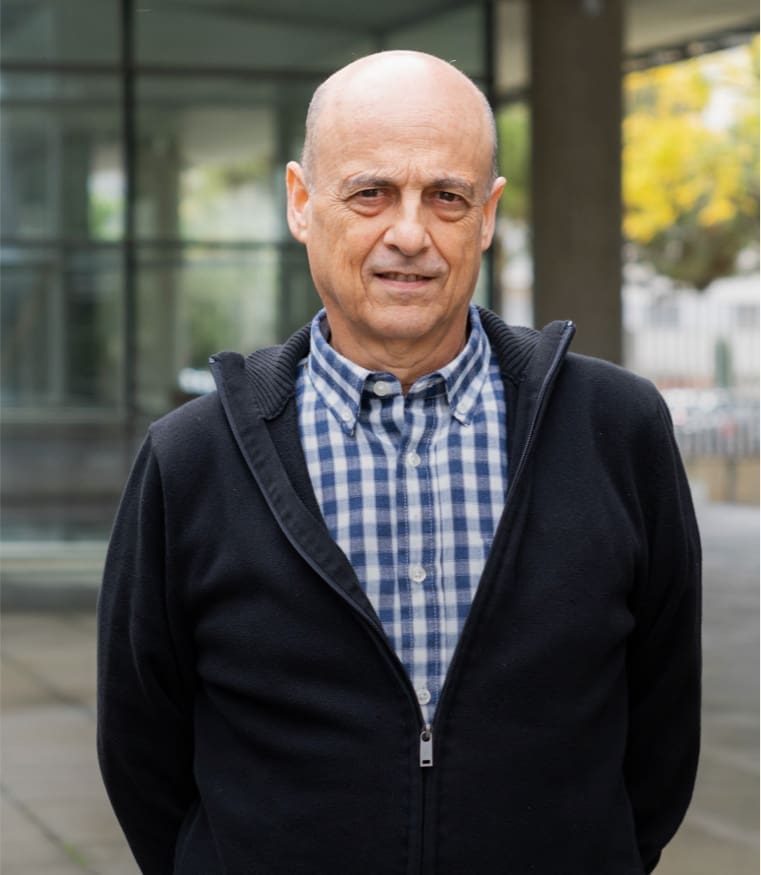Kinetic Analysis of an Efficient Molecular Light-Driven Water Oxidation System
We report an efficient molecular light-driven system to oxidize water to oxygen and a kinetic analysis of the factors determining the efficiency of the system. The system comprises a highly active molecular catalyst ([RuIV(tda)(py)2(O)]), [RuII(bpy)(bpy-COOEt)2]2+ (RuP), as sensitizer and Na2S2O8 as sacrificial electron acceptor. This combination exhibits a high quantum yield (25%) and chemical yield (93%) for photodriven oxygen evolution from water. The processes underlying this performance are identified using optical techniques, including transient absorption spectroscopy and photoluminescence quenching. A high catalyst concentration is found to be required to optimize the efficiency of electron transfer between the oxidized sensitizer and the catalyst, which also has the effect of improving sensitizer stability. The main limitation of the quantum yield is the relatively low efficiency of S2O82– as an electron scavenger to oxidize the photoexcited ruthenium sensitizer RuP* to 2 RuP+, mainly due to competing back electron transfers to the RuP ground state. The overall rate of light-driven oxygen generation is determined primarily by the rate of photon absorption by the molecular sensitizer under the incident photon flux. As such, the performance of this efficient light-driven system is limited not by the properties of the molecular water oxidation catalyst, which exhibits both good kinetics and stability, but rather by the light absorption and quantum efficiency properties of the sensitizer and electron scavenger. We conclude by discussing the implications of these results for further optimization of molecular light-driven systems for water oxidation.

L. Francàs, R. Matheu, E. Pastor, A. Reynal, S. Berardi, X. Sala, A. Llobet, J. Durrant
ACS Catal. 2017, 7, 5142-5150
DOI:
10.1021/acscatal.7b01357

Let's create a brighter future
Join our team to work with renowned researchers, tackle groundbreaking
projects and contribute to meaningful scientific advancements



















